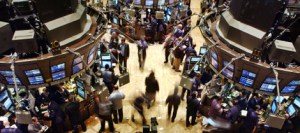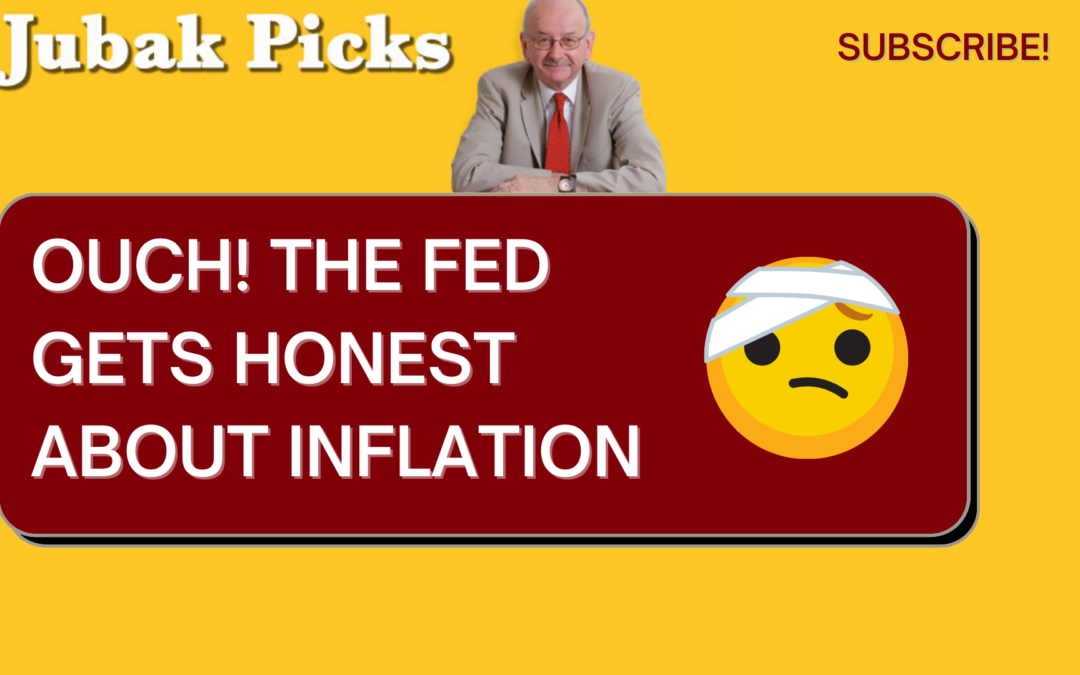Morning Briefing

July 6, 2022 | Daily JAM, Morning Briefing |
In my opinion, this was the most important statement in the minutes from the Federal Reserve’s June meeting released today: Fed officials “recognized that policy firming could slow the pace of economic growth for a time, but they saw the return of inflation to 2% as critical to achieving maximum employment on a sustained basis.” Nothing guaranteed but the Jerome Powell Fed, commonly regarded on Wall Street as having no stomach for a recession, was signaling that it would continue to increase interest rates until it brought inflation under control even at the cost of a recession. That’s important because the current market consensus is predicated on the Fed quickly backing off on interest rate increases face of a recession. Recession soon, perhaps this quarter or the next, but then interest rate cuts in early 2023, the current story goes.

July 5, 2022 | Daily JAM, Morning Briefing, Short Term |
Stocks sold off heavily this morning with the Standard & Poor’s down 2% and the NASDAQ Composite off 1.9%. They have rallied in the afternoon so that the S&P 500 is up 0.16% and the NASDAQ is up 1.75% at the close. What we’re seeing is the current consensus at work.

July 1, 2022 | Daily JAM, Morning Briefing |
Today, the Atlanta Fed’s GDPNow measure, which tracks economic data in real time and adjusts continuously, is predicting that second-quarter GDP will contact at a 2.1% annual rate. Coupled with the first-quarter’s GDP decline of 1.6%, that would fit the definition of recession.

June 30, 2022 | Daily JAM, Morning Briefing |
The core Personal Consumption Expenditures index, the Federal Reserve’s preferred inflation measure, climbed at an annual rate of 4.7% in May. That was below economists’ expectations and a slight dip from the 4.9% annual rate in April.

June 29, 2022 | Daily JAM, Morning Briefing |
The U.S. economy shrank at an annualized pace of 1.6% in the first quarter. The Bureau of Economic Analysis’s third and final estimate of first-quarter GDP released Wednesday, June 29, showed a 1.6% annualized drop in economic growth in the first quarter of 2022. That was slightly worse than the 1.5% decline previously reported.

June 28, 2022 | COP, CORN, Daily JAM, EQNR, Jubak Picks, Morning Briefing, UNG, Volatility |
The Conference Board’s latest reading on consumer confidence showed consumer expectations in June fell to their lowest level since 2013. The consumer confidence index for June fell to 98.7 from 103.2 in May, below expectations for a reading of 100. The report’s expectations index, which is based on consumers’ short-term outlook for income growth, the job market, and overall business conditions, fell to 66.4, its lowest reading since March 2013.

June 27, 2022 | Daily JAM, Morning Briefing, Short Term |
I see 2 big volatility events ahead of us in July that are powerful enough to move stocks. Get on the right side of these and there’s money to be made. Here’s how I handicap these two events.

June 24, 2022 | Daily JAM, Morning Briefing, Special Reports |
And there I thought the hard part was laying out my thoughts on the trends in the market over the next five years. Turns out that outlining investment specifics is even harder. So this is just the first 12 months of picks and positioning for the next five years.

June 22, 2022 | Daily JAM, Morning Briefing, Videos |
My one-hundred-and-forty-eighth YouTube video “Ouch! The Fed Gets Honest About Inflation” went up today. In front of the Senate Finance Committee today, Fed chair Jerome Powell said that the Fed has all the tools it needs to fight inflation–except, he admitted, that nothing it does to raise interest rates will lower the price of gasoline or food. Those prices don’t figure into the core inflation rate the Fed watches, but they are very real to consumers. More money spent on food and fuel means less money available for everything else.

June 21, 2022 | Daily JAM, Morning Briefing |
A deeply troubling look at consumer balances from Statista. Well, deeply troubling if you hope that the United States will avoid a recession. (Frankly, I’m in the “Hope we avoid but I’m afraid we won’t camp.”) In April, Americans saved just 4.4% of disposable personal income, according to data from the U.S Bureau of Economic Analysis. That’s down from 12.6% in April 2021 and it’s the lowest rate since September 2008, when the country was in the middle of the Great Recession.

June 16, 2022 | Daily JAM, Jubak Picks, Morning Briefing, Volatility |
Yesterday, the stock market was up with the Standard & Poor’s 500 gaining 1.46% on the day and the NASDAQ Composite up 2.49%. Listening to the Federal Reserve’s policy statement after the June 15 meeting of its Open Market Committee, Wall Street chose to hear a promise of interest rate cuts as early as the end of 2023 and certainly in 2023. Aggressive interest rate increases in 2022, from this perspective, are just a necessary precondition to those interest rate cuts. Today, the stock market is down with the Standard & Poor’s 500 falling 3.25% and the NASDAQ Composite off 4.08% at the close. The narrative on investors’ and traders’ minds today is the rising odds of a recession–75% odds in favor by 2024 a Bloomberg survey of economists says with 25% odds of a recession in 2023. For a day that trumps the hopes for 2024 interest rate cuts (which would, after all, only materialize if the economy has, indeed, tumbled into recession. I expect this “War of the Two Narratives” to continue for a while

June 15, 2022 | Daily JAM, Morning Briefing, You Might Have Missed |
The projections released by the Federal Reserve on Wednesday, June 15–the so-called Dot Plot–show a central bank that sees a tough 2022, especially on interest rates and inflation, but a definite improvement in 2024. This fits with the developing Wall Street narrative that sees inflation dropping in 2023 and 2024 and the Fed looking to cut interest rates in 2024.














